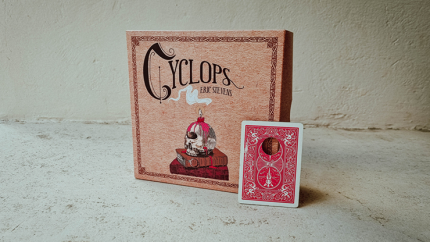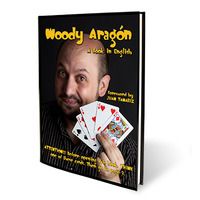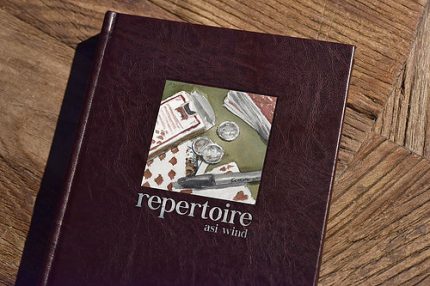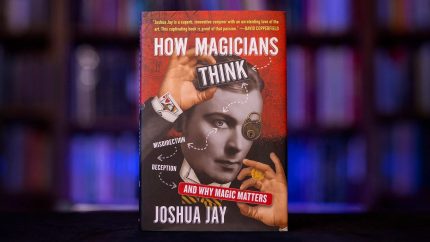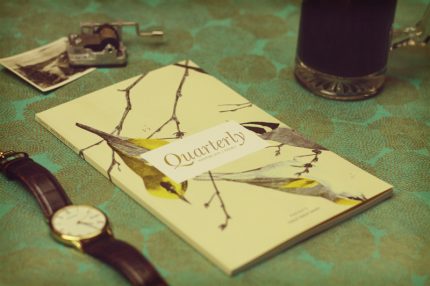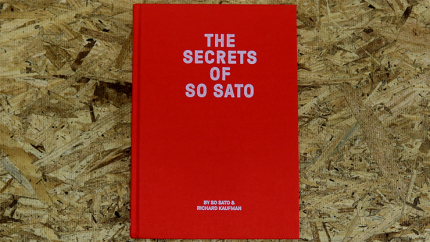Effect:
Participant selects a card from the deck. They then choose any four more random cards and mix their selection in with them so that even they don’t know where their card is. The cards are dealt face down into a row. An origami frog made from a playing card is introduced, and it is explained that the 5 cards represent lily pads. Since there are52 cards in the deck, the participant is told that frog will now project a number between 1 and 52 to the participant and that when you snap your fingers they are name the number they have in mind out loud. The frog now hops that number of times back and forth across the cards until it stops on the card that falls at the chosen number. The participant now reveals aloud the card they chose and then turns the card the frog stopped on face up. It is their card!
You then explain that the frog actually knew BEFORE you even began what card they would select. You ask them to unfold the origamifrog…it matches their chosen card! The participant can keep the frog as a neat souvenir.
Required:
You will need to know Phill Smith’s “Quinta” procedure for this effect. You will also need to know how to make an origami frog made from a playing card. I first learned how to fold the frog from Michael Close sometime in the mid 90’s where he uses it in his effect “The Frog Prince.” Details for this fold can be found in his “Workers, Volume 2”book and on Volume 4 of his “Ultimate Workers” videos. If you have neither of these, there are countless videos on YouTube that explain how to fold the frog. Michael was the first to introduce the concept of an origami frog folded from a playing card to Magic, though it has been used by several others since then -most notably by Scotty York.
You will also need a regular back of cards and a few extra playing cards from your stash of retired cards to fold up frogs with.




